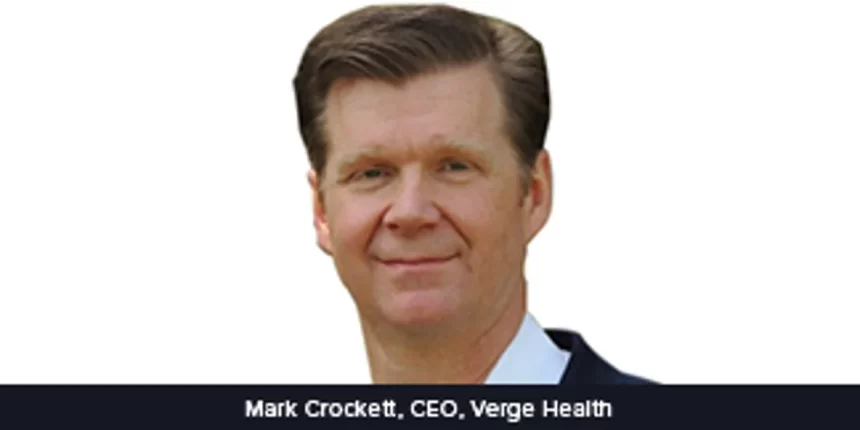The heroic efforts of Captain Chesley “Sully” Sullenberger to safely land a disabled US Airways plane on the Hudson River, with no fatalities, is widely documented. But though Captain Sullenberger’s individual efforts are well deserved, it’s important to note that he was supported by an airline safety culture that insists on continuous risk management.
Unfortunately, the same can’t be said of healthcare. There are varying estimates of the number of medical errors that lead to death, with numbers ranging anywhere from 200,000 to 400,000 a year — a tragically wide disparity that reveals how little hospitals and health systems really know about the issue.
The reasons why healthcare lags in making true, sustainable improvements to keep patients safe are vast and complex. It takes a change in mindset, as well as a change in process.
Getting to “zero harm” requires health systems to connect each medical error to a process, implement system-level improvements to mitigate risk across the enterprise, and constantly measure those initiatives to ensure improvements are sustained.
WHAT OTHER INDUSTRIES DO
Aviation averages a single airplane crash for every one million flights — Sullenberger’s emergency landing was just over a decade ago. In healthcare, there is one error for every 600 hospital visits. Airlines don’t wait until after a flight to ask themselves how the crew and aircraft performed. Instead, they take a proactive approach, with established processes to ensure the plane and the flight are safe before the pilot enters the cockpit.
Financial institutions, especially in light of the 2008 recession and the rise of fintech, are embracing enterprise risk management practices (ERM), and are proactively moving to to protect reputational, financial and technological risks.
Healthcare’s safety posture remains stubbornly reactive. Post-event reporting and patient surveys that determine how the staff and hospital performed occur only after care is provided.
MAKING SAFETY PAY
The shift from fee-for-service to value-based care nudges hospitals and health systems in a more positive direction. In the fee-for-service world, patient safety was not incentivized; providers were paid regardless of outcomes. In today’s value-based care environment, that same readmission would actually reduce future reimbursement. It would also cause significant damage to the hospital’s safety record and patient satisfaction scores, not to mention reputation within the community they serve.
Traditionally, care has been provided, billed, and reimbursed in a fragmented manner. Depending on the extent of the services and the stay, patients are likely to receive bills from multiple providers. The Centers for Medicare and Medicaid Services recently launched Bundled Payments for Care Improvement (BPCI) Advanced Model to change the siloed model and improve outcomes, lower costs, and enhance the patient experience through financial incentives. With BPCI, a single bundled payment for the entire episode of care keeps everyone in the supply chain of care accountable. If one provider or supplier falls short, it lowers reimbursement for everyone.
While the administrative “burdens” that come with value-based care initiatives such as BPCI often get the spotlight, more attention should be given to the positive impacts. With 10-15% of contracts now reflecting this shift (some hospitals cite higher percentages) it’s essential for developing a comprehensive patient safety strategy. With expected margins of 5 – 7%, those hospitals with the strongest, most effective safety and compliance programs stand to achieve the greatest financial success.
PSI 90 AND THE IMPORTANCE OF ROUNDING
CMS also instituted Patient Safety Indicators 90 to address safety and quality deficiencies. PSI 90 replaces reactive patient safety reporting with patient safety markers during and throughout the delivery of care. A total of 26 measures focus on clinical and operational procedures, such as pressure ulcers, sepsis rates, and falls with hip fractures. By embracing PSI 90 initiatives, hospitals can better identify risk across the enterprise while receiving a more accurate picture of safety.
Hospitals that espouse PSI 90 and the BPCI Advanced Model as opportunities instead of begrudging them as regulatory obligations are more likely to achieve their goal of becoming a high-reliability organization. It requires both hospital leadership and staff to adopt a new mindset—one that focuses on accountability and the patient experience. It also requires a new way of gathering, sharing, and using data. For many hospitals, rounding is taking center stage as a key workflow to facilitate these quality improvement initiatives.
APPLYING INNOVATION TO TRADITIONAL ROUNDING
Rounding has been in place for decades and is generally accepted as an efficient way to improve care quality through hourly or bi-hourly patient-nurse engagement. These hourly nurse visits help, for example, to reduce falls and pressure ulcers, manage pain control, and improve patient satisfaction. One study found 29% of patients who received hourly nurse visits rated the hospital at nine or ten, while 27% said they would be more likely to recommend the hospital to others.
But rounding varies from hospital to hospital and is substantially impacted by factors such as staffing levels, management buy-in, and education. For some, rounding becomes just another routine “check the box” activity. It is also plagued with inefficiencies and expensive, resource-intensive paper-based processes.
More progressive hospitals, however, are implementing digital tools within their existing rounding function to advance risk mitigation goals. Digital rounding tools take routine patient engagement and elevates it to a more significant activity where critical information is continuously collected, added to a centralized database, and acted upon immediately.
SUCCESS STORY
A good example of the benefits of this innovative type of rounding comes from a study of a large, not-for-profit healthcare organization on the East Coast. The study was performed on its medication administration process, which found that:
All communications were being printed in triplicate, one for the nurse manager, one for the pharmacy, and one for an unknown reason.
When an audit occurred, pharmacists had to go through each form, line by line, to identify issues (off-site document storage often delayed research by several days).
Non-compliance was difficult to pinpoint because of inconsistencies in documentation.
Extensive time was being spent researching and following up on each issue.
Digital rounding empowered staff to use their mobile devices to monitor medication management in real time. They quickly input data, attach pictures of best practices or non-compliance, and enable real-time compliance monitoring and issue resolution by the pharmacy. In the first six months, they were able to identify almost 1,000 findings from data captured through these rounds. The pharmacy was able to take immediate action to correct the issues without having to comb through hundreds of paper forms to identify core issues.
FAILURE IS NOT AN OPTION
Is it even possible to get to “zero harm”? Humans are — human. Mistakes will occur. Still, zero harm should be the ultimate metric. Hospitals need to rethink and realign their existing workflows if they’re going to match or best the safety records of industries like aviation. It’s a tough climb for hospitals already struggling with inadequate staffing levels and quality programs that rely on inefficient, outdated reporting procedures. Improving the effectiveness of existing rounding processes simplifies this transition. With a new mindset and buy-in at every level of the organization, hospitals will be rewarded with better outcomes, higher patient satisfaction ratings, and higher reimbursements.










